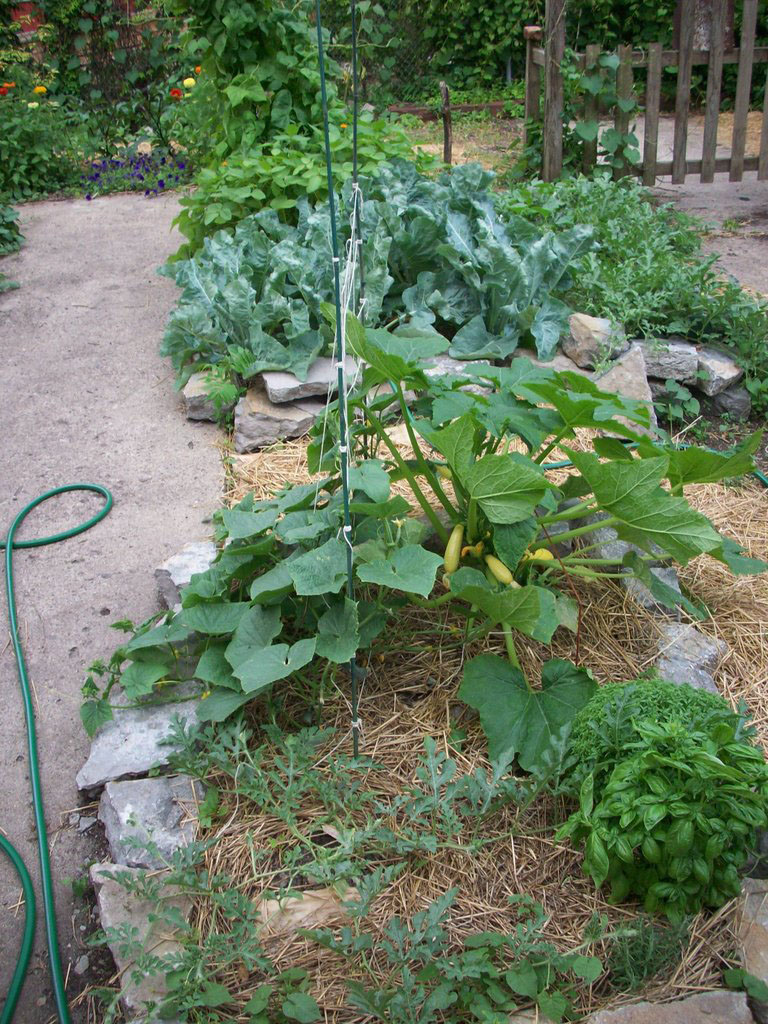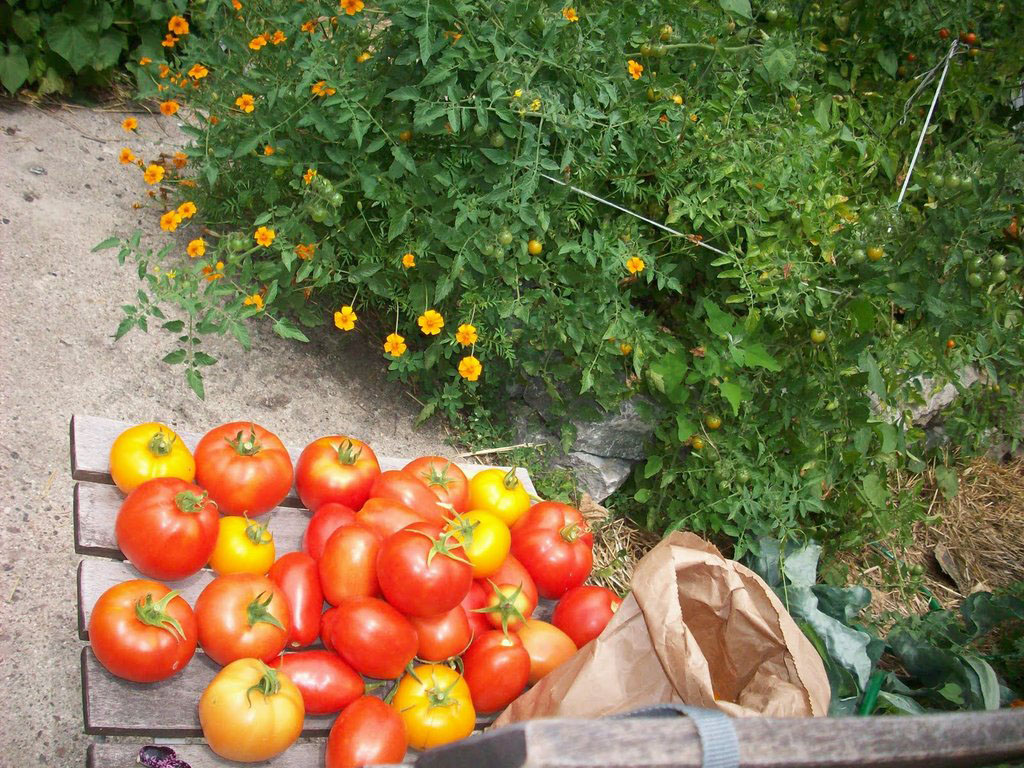Are you planning to have a garden this year? Maybe a better question is, are you able to have a garden this year? Interest in growing food has exploded in the last decade, but getting your own plot of tomatoes or cukes going may seem impossible if you lack enough outdoor space or don’t know how to garden.
The answer is garden sharing — an arrangement where you garden on someone else’s land or offer your land up for someone else to garden. According to the National Gardening Association, at least 2 million people have caught onto this idea and are gardening at the home of a friend, neighbor or relative already. It’s a great way to get more people growing food, eating healthier and building connections in their community.
Shared Earth, our platform for matching up people who want to garden with people who have land, is an easy way to get started with garden sharing. The Shared Earth community is growing every day – there are currently more than 5,000 users around the country. Here’s how it works:

1. Find your matches.
Go to sharedearth.com and enter your address in order to find other gardeners or potential garden locations in your area. Filling out a profile will help generate better matches. If you see someone you’d like to connect with, you can send a private message through the app. (Shared Earth never shares your personal details with other members. You only share your full name, exact address or contact info yourself when you’re ready.)
If there aren’t any matches in your area, you’ll get a notification when new users join who are a good fit for you. You could also seek a garden share by posting in local gardening groups, posting a message on a coffee shop bulletin board or just asking around your neighborhood.
2. Get to know each other.
To make a garden share arrangement work for all parties, the relationship must be built on trust. Meet up at a coffee shop to talk through your goals and what you each bring to the partnership. If that goes well, arrange a time to meet again to see the land you’ll be sharing.
3. Put together a garden share plan.
A garden share plan outlines how the arrangement will work and how you’ll divide things like costs, labor and produce yield. “Having a clear understanding with the owner is really important, because while they own it, once you put work in, you’re invested, and they can make a decision that suddenly ruins everything,” said Cedric Rose, a Cincinnati gardener who helped his partner Jen Wendeln transform a friend’s abandoned lot into the beautiful urban garden (pictured here). Likewise, if it’s your land, you want to make sure you’re comfortable with all the plans.
Here are some questions you’ll want to discuss when making a garden share plan:
• Where will the garden be located?
• What will you grow in the garden? Any restrictions on how it will look?
• How is the condition of the soil? Does it need to be tested?
• When can the gardening be done?
• How will you share expenses (seeds, plants, tools, water, etc.) and labor?
• Will the garden be organic?
• Who can have access to the garden?
• How will you share the produce?
• Where will you keep supplies and tools?
• Will you sell any of the produce? If so, will proceeds be shared?
• What happens if someone gets injured? Does the homeowner have insurance?
• Will you be composting? How and where?
• How long will the arrangement last?
• How will you communicate about the garden? Text, phone calls? Email?
• What will you do if one of you wants to end the arrangement?

4. Get gardening.
Once you have a plan in place, it’s time to get to work in the garden. If you’re new to this type of arrangement, it may be a good idea to revisit the agreement at the end of the season to discuss how it went and make any adjustments. Hopefully, your garden share partnership will grow, along with your vegetables, into a win-win situation for everyone.
“One fun part of gardening on someone else’s land is that it’s like you have a whole new, lovely space to work and visit, and delight in,” said Wendeln. “It was great having another place that feels like your outdoor home.”
Bonus: Get creative!
Shared Earth is also set up to accommodate larger projects like hydroponic or aquaponic gardeners looking for warehouse space and landowners looking for professional farmers to tend their land. Need someone to take care of your backyard chicken flock? You might find the right fit on Shared Earth. Some urban farmers have even made arrangements with several homeowners to maintain plots in exchange for a share of the harvest, then sell the rest at markets or in a CSA. The sky is the limit.
